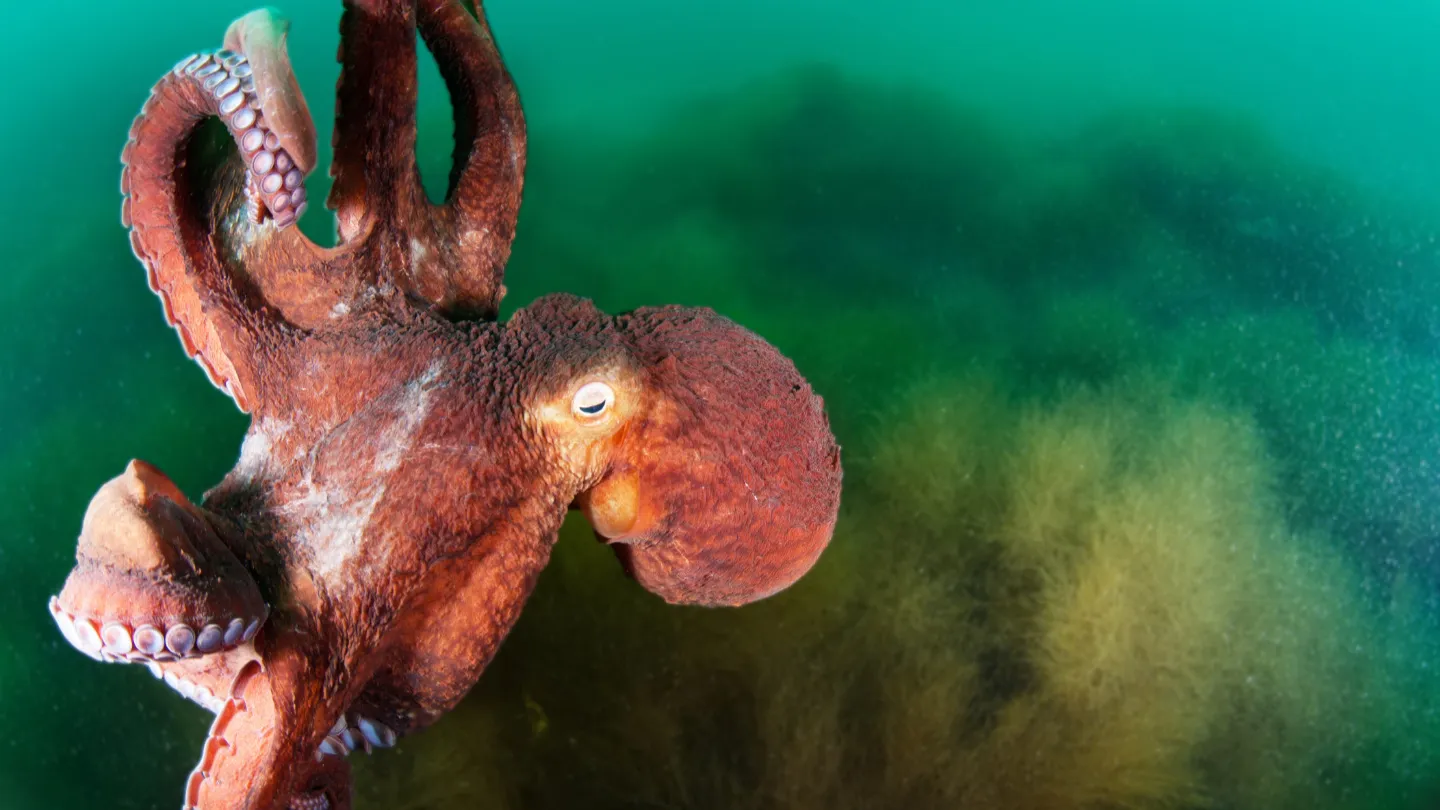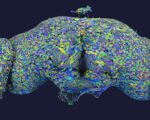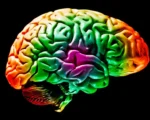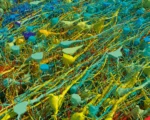Researchers at San Francisco State University have made groundbreaking advancements in our understanding of octopus arm mechanics by developing intricate three-dimensional maps that illustrate the complex nervous system within these remarkable appendages. Unlike human limbs, which are entirely controlled by the brain, octopus arms exhibit a high degree of autonomy, enabling them to perform intricate tasks with limited direct input from the central nervous system. This semi-independent functionality allows octopuses to execute actions such as opening jars and manipulating tools, showcasing their remarkable adaptability in diverse environments.
The study, led by Robyn Crook, Associate Professor and Associate Chair of the SF State Biology Department, addresses a critical question in marine biology: how do octopus arms manage to perform such complex behaviors without constant communication with the brain? To uncover the secrets of this neural independence, researchers employed advanced 3D imaging techniques. Gabrielle Winters-Bostwick, a postdoctoral fellow, and Diana Neacsu, a graduate student, collaborated to create comprehensive anatomical and molecular maps, revealing the distinctive organization of octopus arms.
Winters-Bostwick’s research focused on the functional differentiation of neurons within the arm. By using molecular tags to highlight various types of neurons, she discovered that the neurons located at the tip of the arm are fundamentally different from those situated near the central brain. This finding suggests a sophisticated level of specialization that enables the arm to react to stimuli and perform tasks autonomously. Meanwhile, Neacsu utilized 3D electron microscopy to delve deeper into the structural organization of the arm, identifying repeating patterns in nerve branches and ganglia. These patterns indicate a complex network that may facilitate the arm’s independent operations.
The implications of this research extend beyond the realm of octopuses, offering valuable insights into the evolution of neural control in cephalopods and other organisms. By understanding how octopus arms function with such autonomy, scientists can gain a better appreciation of the evolution of motor control and the potential for similar mechanisms in other species. As researchers continue to explore the depths of octopus biology, the innovative mapping techniques developed in this study could pave the way for future investigations into the nervous systems of other complex organisms, enhancing our knowledge of the diverse strategies life employs to thrive in various environments.


















